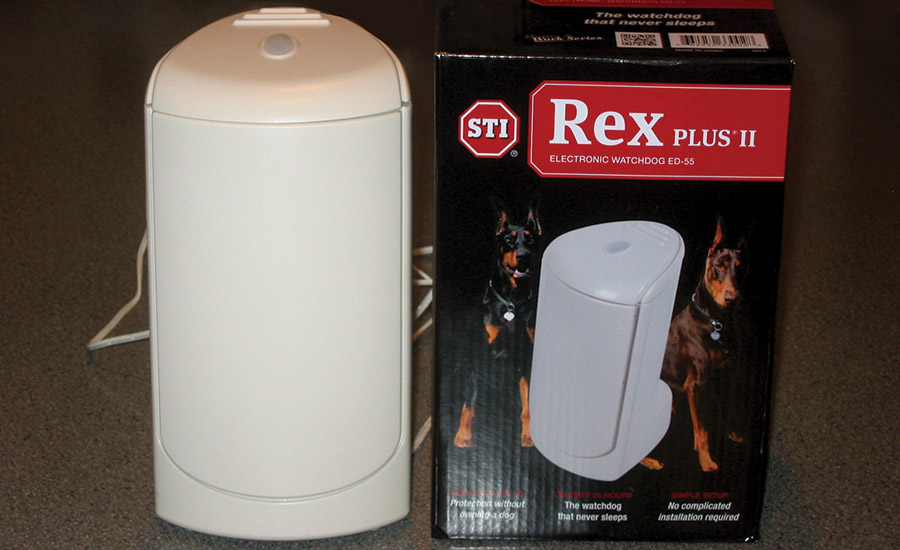As I approach my 40th year in the electronic security business, sometimes I reflect on things I was involved with that didn’t work out so well. I must confess to my faithful readers that I am likely indirectly responsible for thousands of false burglar alarm signals that occurred in the Atlanta area during the early 1980s.
At the time, the alarm equipment distribution outlets I was working for sold thousands of microwave-only motion detectors. The problem was that if the device was aimed so that the microwaves would penetrate the “back wall” of the protected area, the “elephant” effect caused false alarms. As the microwaves passed through the wall, they could reflect off a large moving object (such as a truck) outside the building and interpret the reflection as the human-sized “target” it was designed to detect.
If carefully aimed, microwave motions worked reasonably well, but the industry soon moved to either passive infrared or “dual-technology” motions where the microwave detector is mated with a PIR in the same detector, and both technologies need to detect motion before the device sends an alarm signal. These new types of motion detectors pushed microwave-only devices to door opener duties, where the occasional false activate causes no costly police runs or service calls.
While the false alarms were obviously not a good thing, I always thought it was cool that a motion detector could sense potential intruders that are lurking around a home or building, therefore stopping the potential burglary/home invasion before any property damage or personal harm occurs.
So we’ve covered the microwave issue — what about the dog? Having a dog in a home can be a great deterrent to home burglaries and invasions. The sound of a barking dog has caused thousands of potential burglars to turn around and find another target over the years. Animals have historically been used as intruder detectors; the ancient Romans kept geese on their properties which would start making noise as soon as they sensed a potential intruder. But animals need to be fed and medically serviced, and even the most alert dog will fall asleep, possibly negating their intruder-detection value.
STI of Waterford, Mich., is a well-known manufacturer of a wide variety of products that protect security and fire alarm devices such as pull station covers, screens for CCTV cameras, and emergency push buttons. The folks at STI have mated the wall-penetration inherent in microwave motion detection with a programmable audible sounder, creating the “REX Plus II” electronic watchdog.
The REX Plus II is very simple to use. Just plug it in, aim it out of the front or back near one of the doors, and the microwave motion will detect intruders, as they walk up to the door. While it has a variety of different sounding options, I am personally fond of the “two Dobermans” multi-dog barking setting. Some other uses are for an entrance alert chime, and the motion sensitivity is adjustable so the detection pattern can be limited to only trigger when people are walking close to the home or building.
While this device doesn’t replace a quality electronic security system, it can scare potential intruders without fouling a client’s yard or requiring any Alpo to function 24/7/365. Perhaps residential alarm companies might consider using the REX Plus II as a deal-closing sweetener, as the cost of the device is less than $100.
My REX will be on the way to my undisclosed location in Michigan this weekend, and we’ll see how the groundhogs who insist on digging around the foundation of our vacation home respond to my new “little friend.”






